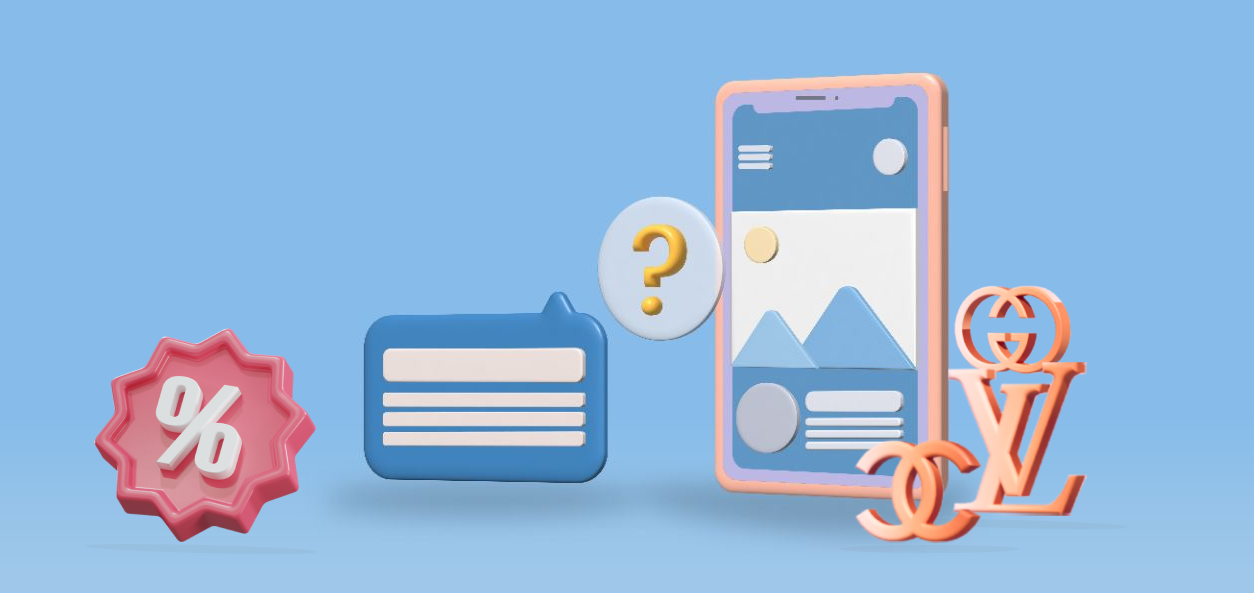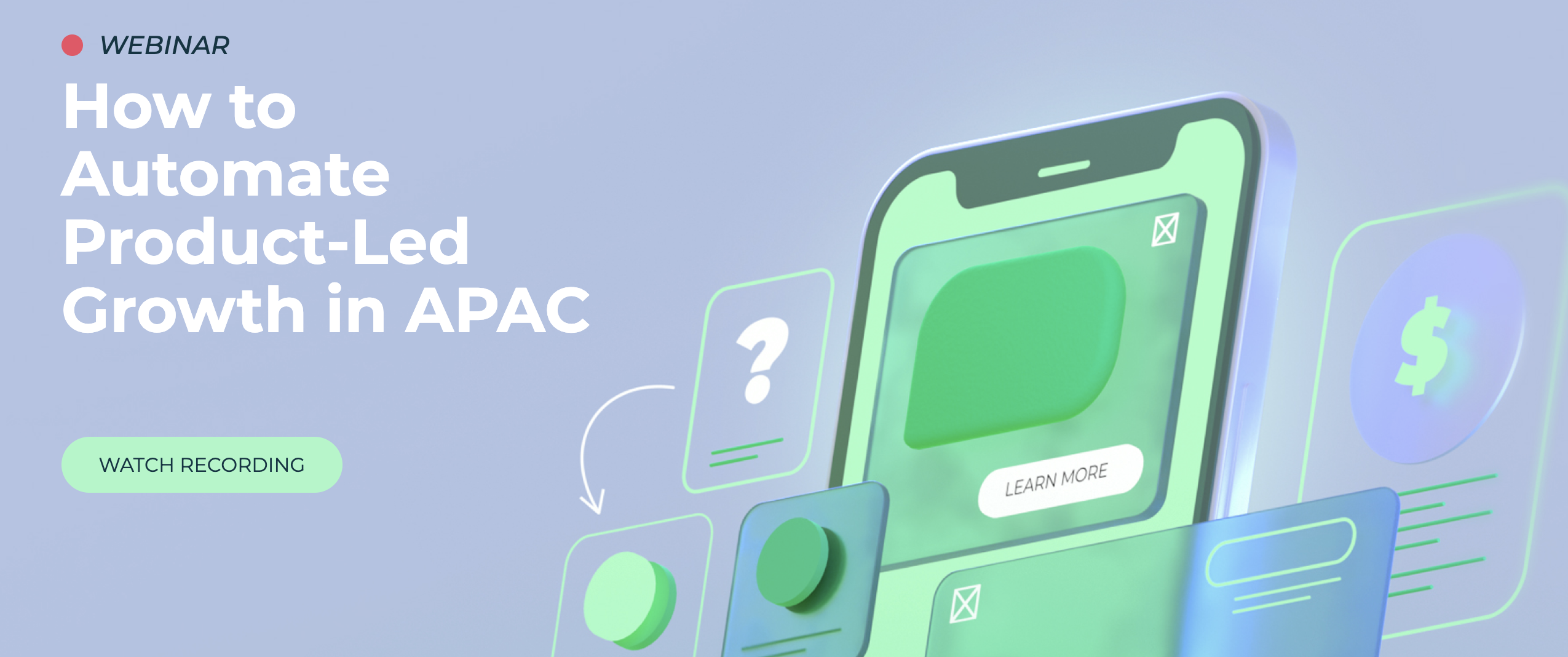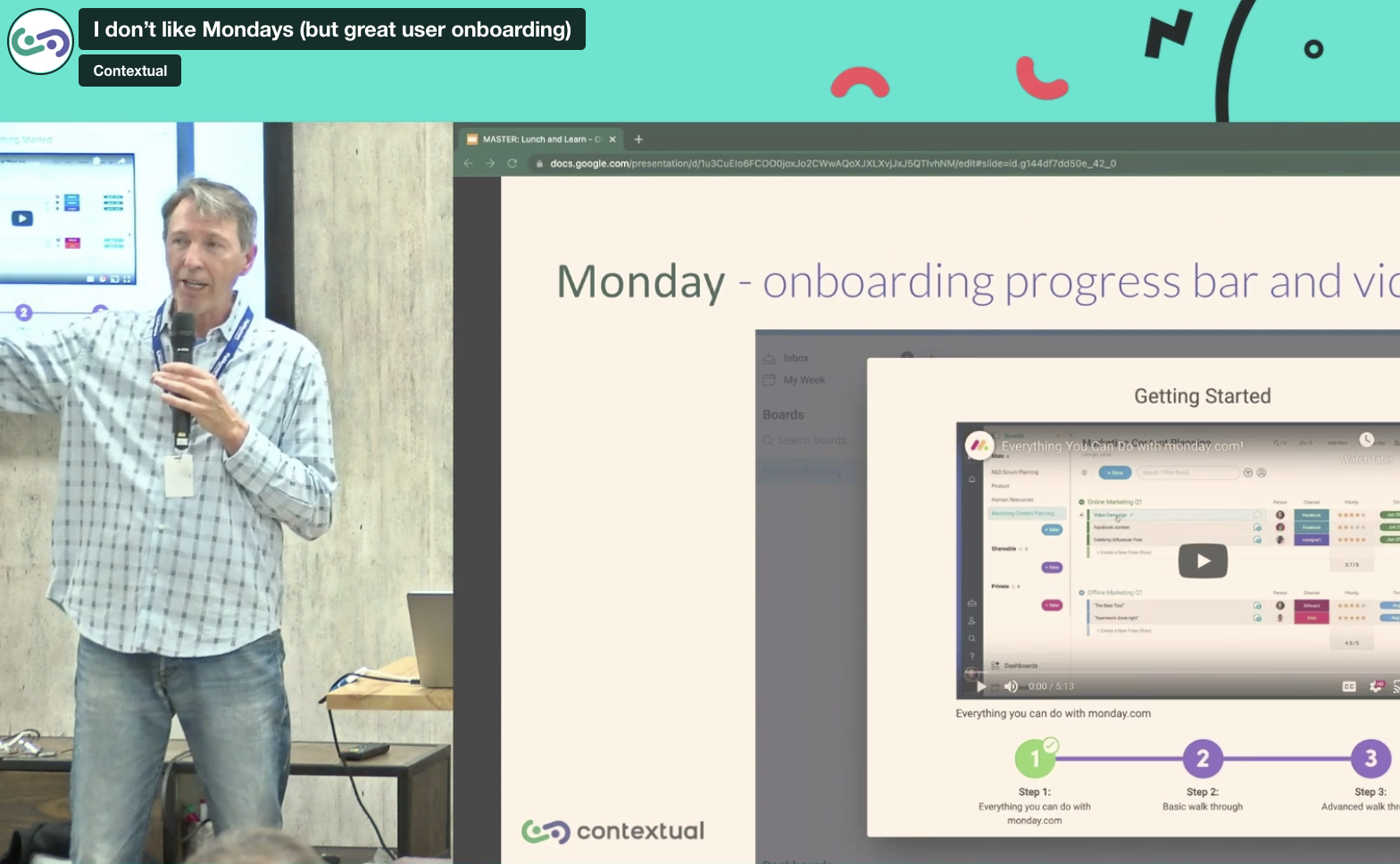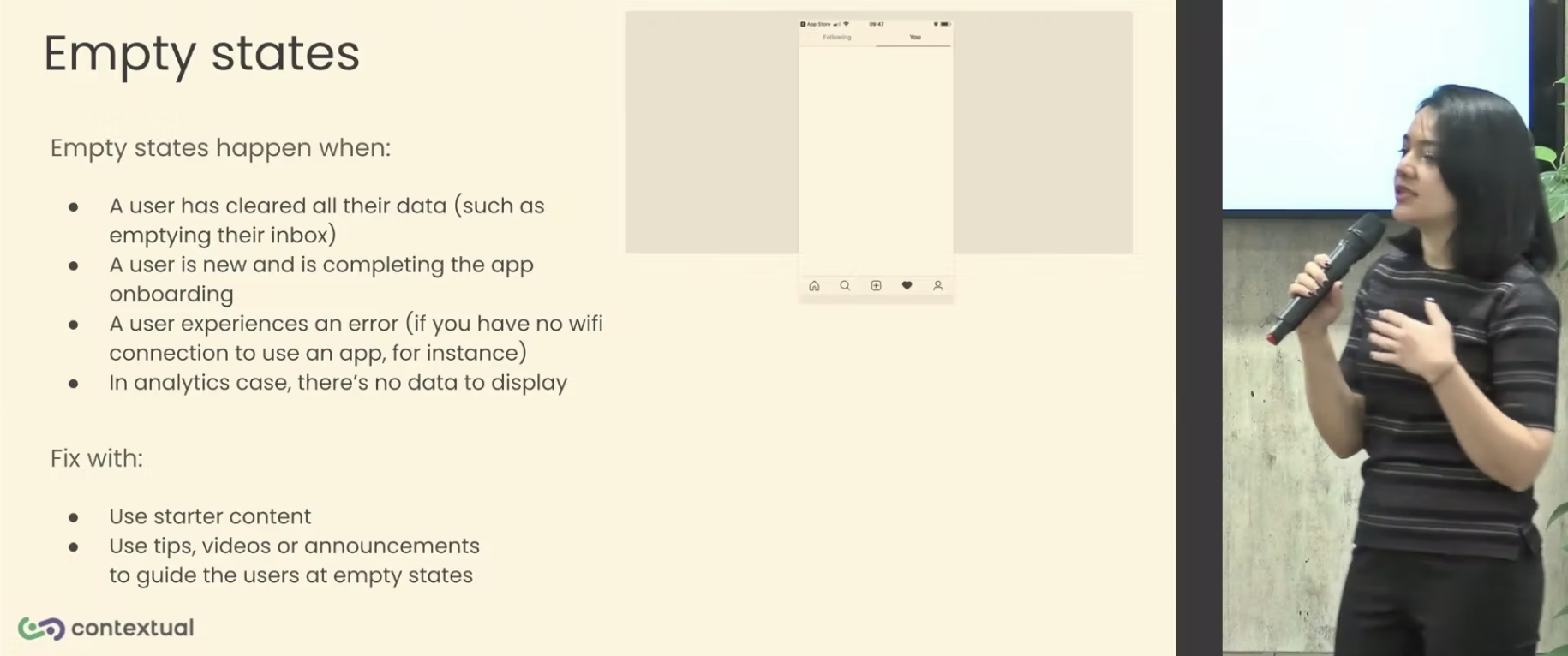You only get one chance to make a first impression. This applies across the board whether it be a date, a presentation, job interview or mobile app user onboarding. It’s simple enough to weigh up the costs of most of the aforementioned. One either does or doesn’t get a second date, or the job but what about the mobile app? Just like a date or job interview it depends on how much one invests in success.
Traditional SaaS applications generally depend on Customer Success to onboard new customers and their users but what is the real cost and how scalable is it? It depends partly on the application. Users for mobile and web apps with either a single or just a handful of features might be able to get away with a few emails or a simple user onboarding carousel. However as the utility of an app increases so does its complexity and the cost of retention.
According to Glassdoor the average base salary for a Customer Success Manager is $64,682 / year that is about $31.00 per hour. A survey of Contextual customers who are largely B2B mobile first providers of SaaS solutions state that manually onboarding a customer can take as much as 7 days. That means if a Customer Success employee spends one hour a day per customer every day that racks up to $930 per month. The new normal of hybrid remote/office work can also play havoc with training’s scalability because traditional user onboarding methods like classroom or online training works well in either an “all on premise” or an “all remote” situation. Hybrid “in person” and “online” training sessions don’t really work all that well together for those participating in an online/on prem blended event.
Frank Tan, Mobile Content & Engagement Strategist for Quadrant Global Pte Ltd, an Appen company stated “Our goal of user onboarding is to get new users familiar with a handful of key features so they can get started using our app. We were able to do that more efficiently with Contextual. In fact, Contextual saved about 80% of onboarding time for our users compared to the traditional method of onboarding where they had to rely on written guides completely”.
This saving equates to $744.00 savings per user per month.
Organisations like Quadrant that have a large and geographically diverse 100% remote work force would typically find it challenging to coordinate user onboarding via traditional methods. Quadrant were able to use Contextual mobile in-app walkthroughs to onboard 9000 gig economy workers in just two months. Contextual mobile app user onboarding walkthroughs and in-app mobile tooltips offer scalability and cost savings that cannot be achieved via traditional methods. Using Contextual Quadrant were able to design a mobile app onboarding walkthrough that allowed their users to onboard themselves.
Frank Tan added “At the same time, it’s also worth noting that it (Contextual) saves the development team a lot of effort as you don’t need to code to create onboarding guides. It also provides flexibility for quick updates too.”
The real payoff with Contextual mobile user onboarding and walkthroughs is increased user engagement. Customers of Contextual typically experience high retention rates of up to 98% due in part to “continuous user onboarding” via contextual in-app Tooltips and in-app messaging provided by Contextual.
Coming back to our original analogy, mobile app user onboarding walkthrough can be make or break for an app’s best chance of making a great first impression and getting that first date – Activation Contextual mobile in-app tooltips, in-app messaging, user surveys and FAQ’s are fast becoming the ‘best practice’ success strategies to ongoing user engagement and long term retention. The success afforded to those investing in tools like Contextual far outweighs the alternative, lower user engagement and user churn.





